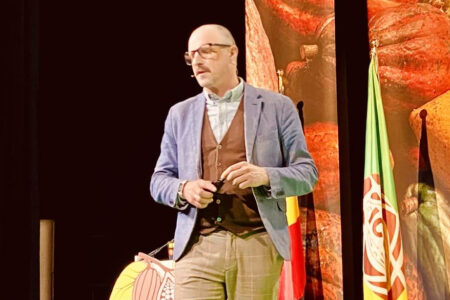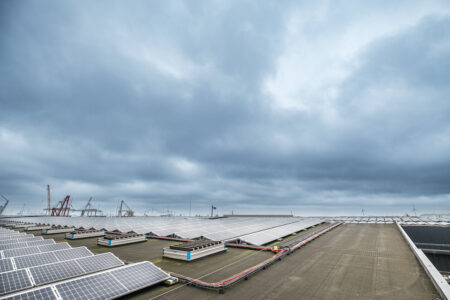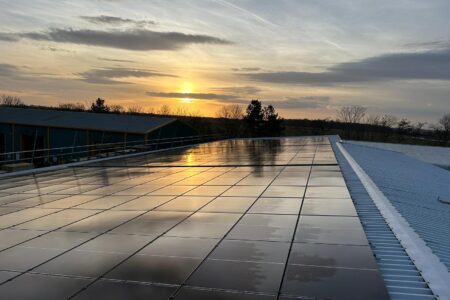Finland’s Valio extends science based emissions targets

Finnish-based dairy and ingredients business Valio has reported its science-based targets to reduced greenhouse gas emissions have gained key certification, writes Neill Barston.
The business set its key environmental goals last year, which aim on a wider level to at help stop global warming at 1.5 degrees in accordance with the Paris Climate agreement.
Significantly, the company’s goals have now been officially accepted by thy the Science Based Targets initiative, and the business has now increased its aims further, seeking emissions for a net zero carbon footprint for milk by the year 2035.
As part of the initiative, the dairy farm greenhouse emissions are monitored with the Carbo environmental calculator, with over 500 dairy farms, which serve a wide range of sectors including confectionery, have already calculated their carbon footprint as a base for emissions reductions in the future.
These efforts are reportedly delivering significant reductions in all Valio’s production chain, from the dairy farm to the store shelves: the emission reduction target for milk is 50% on the farm level, 47% on the plant level, and 28% on the milk collection logistics level, by 2030 compared to the levels in 2019.
“When we talk about resetting the carbon footprint of Valio’s entire operation and value chain, it is inevitable to assess our environmental work through an external, trustworthy party in a credible, transparent and science-based manner”, says Juha Nousiainen, Valio SVP, Carbon neutral milk chain.
As the company noted, there are many factors that affect milk’s carbon footprint. The volume of climate emissions varies a lot between farms, depending on the energy used at the farm, the age of their herd, feeding and productivity, the plants and yields of their fields, and the ways the farm’s manure is processed. Additionally, milk refining, packaging, and logistics add another 10-15%. Valio is reaching for reduced emissions throughout the entire production chain.
“85-90 percent of milk and dairy products’ environmental impact is generated in primary production, before the milk is brought to a dairy. It is, however, important that the industrial and logistics emissions are monitored and reduced in various ways. In accordance with our targets, we are aiming to cut milk’s environmental impact in half by 2030. With such a challenge, we must understand what generates carbon emissions and what are the profitable ways to reduce them”, says Juha Nousiainen.
Kosti Kopola, who runs the KoposWarm dairy farm at Haapajärvi, calculated their farm’s carbon footprint for the first time in late 2020. The farm has 130 cows, and a total of 230 hectares of fields. Their fields are, generally, used for year-round grass cultivation. The first results were very positive: the farm’s carbon footprint was equivalent to 0.89 kg of CO2 per litre of milk. Kopola paid note to fuel consumption, which he thinks could be smaller.
“What’s needed at the foundation of our climate work are reliable carbon footprint figures, but the most important thing is the work on the carbon footprint, that is, what changes we are making. One of the most important features of the Carbo climate calculator is to identify the effect of our climate work on reducing our carbon footprint”, sums up Juha Nousiainen.



